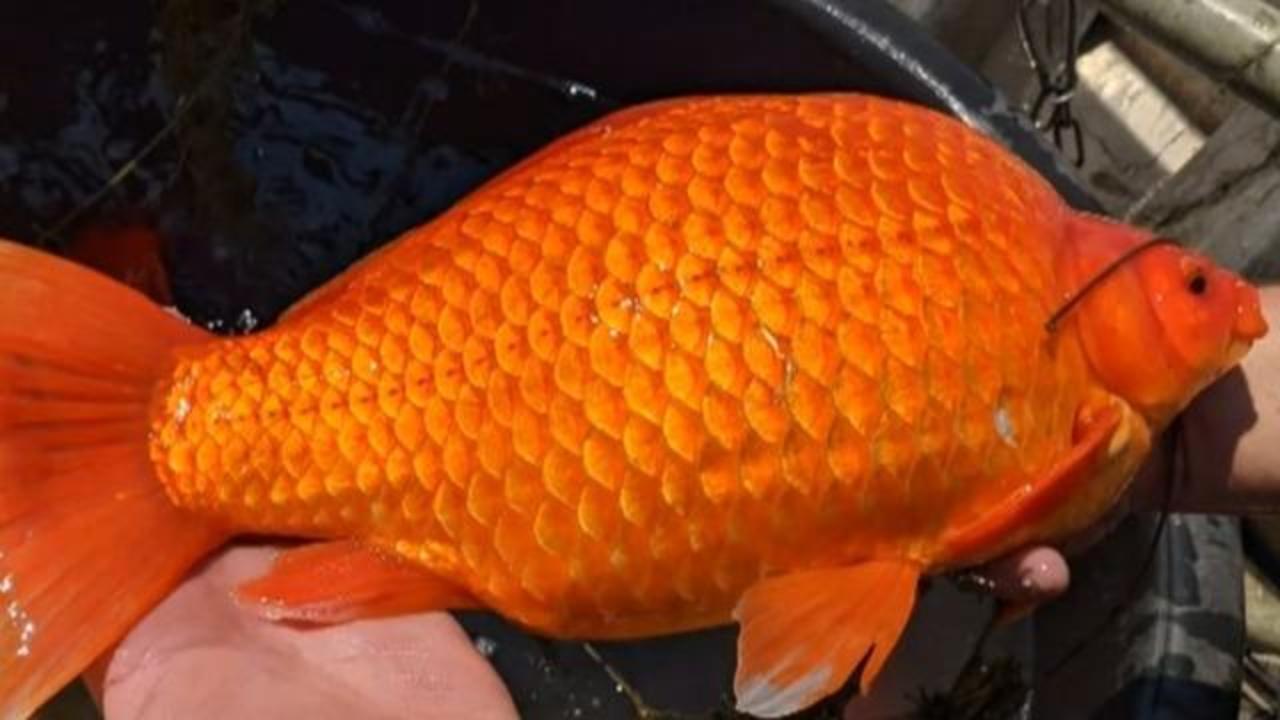Pet Owners Warned as Giant Goldfish Threaten Lake
According to the Minnesota Department of Natural Resources, goldfish, as well as other fish, aquatic plants, birds, crustaceans, and reptiles, are controlling invasive species.
It is allowed to own, sell, purchase, and transport regulated invasive species, but they cannot be discharged into public waterways.
Kindly refrain from releasing your pet goldfish into ponds or lakes!”
The City of Burnsville tweeted Friday that huge goldfish groups were discovered later on Keller Lake.

Why not to throw goldfish into lakes
Since goldfish contribute to water quality deterioration, the city advised pet owners to keep them out of lakes.
“Goldfish get much bigger than their expected size and they cause poor water quality by mucking up bottom sediments and uprooting plants,” the city tweeted.
Minnesota has enacted state legislation aimed at limiting the spread of exotic wild animals and aquatic plants across the state. The state classifies them into four categories: banned, regulated, unregulated, and unlisted nonnative species.
Goldfish maintained in a home aquarium usually reach a length of approximately 2in (5.1cm).
However, wildlife authorities warn that once established in public waterways; goldfish may grow much bigger and become difficult to remove, reproducing quickly and displacing local species.
The city of Burnsville urged pet owners to “explore alternative possibilities for finding them a new home” in its warning.
While they may be perfectly harmless in your fishbowl, they may represent a danger to the surrounding environment.
Big goldfishes around the world
Wildlife authorities are now addressing a similar issue in neighboring Carver County, where 50,000 goldfish were taken from a stream in October.
Large goldfish have also been discovered in the natural waterways of the United Kingdom. In 2010, a British youngster caught a fish weighing 5lb (2.2kg) and measuring 16in from a lake in Dorset.

Emily’s passion for small critters knows no bounds. She’s your guide to the wonderful world of hamsters, guinea pigs, and all things pocket-sized.



